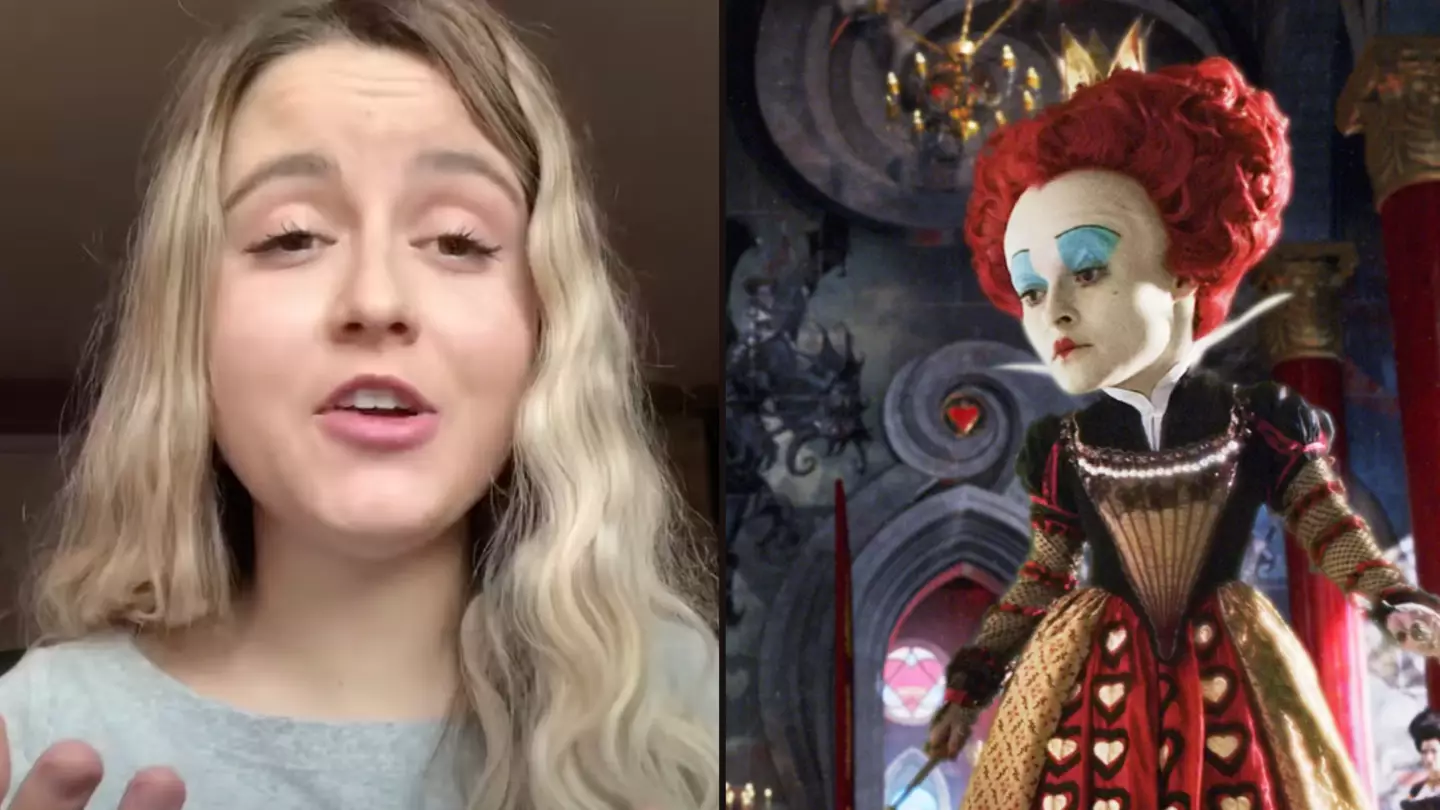
A woman living with Alice in Wonderland syndrome (AIWS) has opened up about life with the rare condition.
The rare neurological disorder is characterised by an unusual set of symptoms, which alter the perception of those living with them.
A 2014 medical paper, explains: “An alteration of visual perception is found in that way that the sizes of body parts or sizes of external objects are perceived incorrectly. The most common perceptions are at night.”

The condition’s unusual name comes from the character titular character from from Lewis Carroll’s 1865 book Alice in Wonderland - those who have read the book, or seen the movies based upon it, may remember that poor Alice kept growing and shrinking as she made her way through Wonderland; an effect that is not entirely dissimilar to the misperceptions those with AIWS experience.
Advert
One woman living with AIWS took to YouTube channel Demystifying Medicine McMaster where she opened up about the condition, sharing that she began to experience symptoms when she was in the first grade.
She explained: “I remember my teacher, she was getting bigger in my eyes. I told her that and I believe she took it the wrong way and ended up giving me a time out.

"Instances like this kept happening to me over time, and I also remember getting abnormal headaches and migraines as a child.”
Advert
After questioning if it was normal for someone so young to get migraines so frequently, she was told by a doctor that the mean age for the onset of symptoms for those with AIWS was just eight-and-half-years-old.
She was eight when she was diagnosed, but pointed out that it can be ‘easily misdiagnosed’ as it is a complex condition.
The camera then cuts to an edited video which attempts to show how she sees things, in which a rubbish bin grows in size and someone appears to grow in height in front of her eyes.
“It impedes my social interactions with many individuals,” the woman went on.
“Many of the symptoms that we experience include; the inability or strongly diminished ability to perceive colour.
Advert
“The next one is lines and contours appear to be wavy. And the most common of these symptoms is distortion of seeing things smaller or larger than they normally are. What all of these symptoms have in common is that they constitute distortions of sensory perception, rather than hallucinations or illusions."
The woman goes on to explain that the duration of these symptoms differs between those who have the condition - from just a few minutes to ‘days’.
Discussing treatments for AIWS, she explained that it depended on the individuals, but that in her case she was mostly treated for the severe migraines rather than her issues with sensory perceptions.
Featured Image Credit: Demystifying Medicine McMaster / Walt Disney StudiosTopics: Health